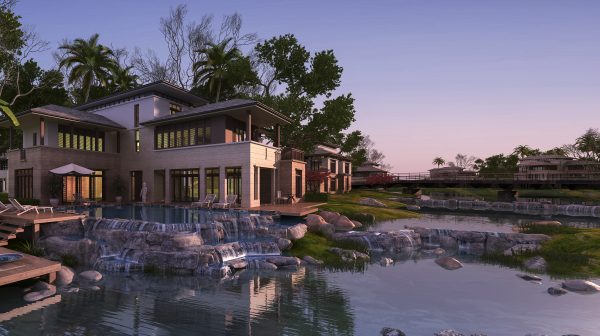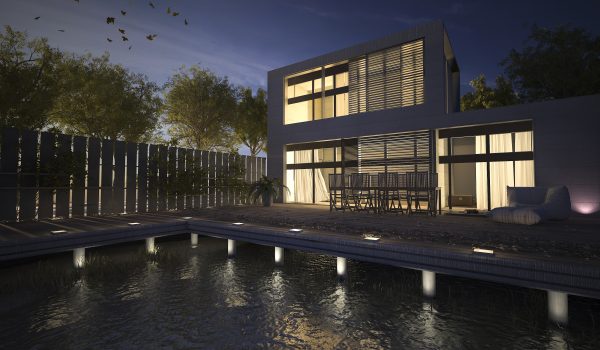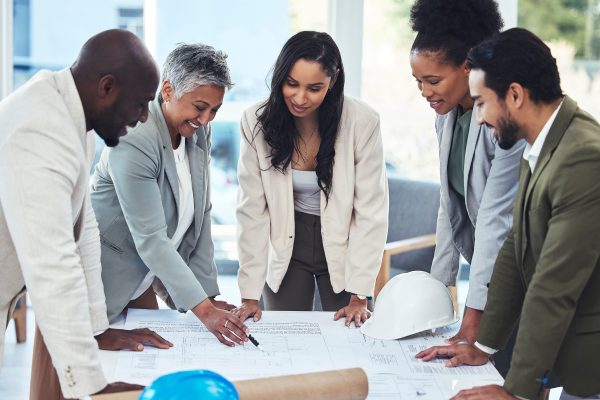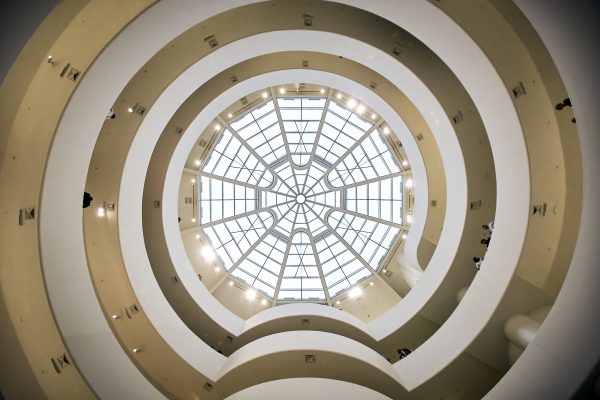 In real estate design, the balance between aesthetics and functionality is crucial. In fact, according to the National Association of Realtors, 98% of their members believe that curb appeal is crucial to attracting potential buyers. Indeed, an aesthetically pleasing property attracts potential buyers and tenants, while functionality ensures the space meets their practical needs. Furthermore, this balance is essential for creating living and working environments that are both beautiful and efficient. This blog explores the importance of balancing aesthetics and functionality in real estate design and provides strategies to achieve this balance effectively.
In real estate design, the balance between aesthetics and functionality is crucial. In fact, according to the National Association of Realtors, 98% of their members believe that curb appeal is crucial to attracting potential buyers. Indeed, an aesthetically pleasing property attracts potential buyers and tenants, while functionality ensures the space meets their practical needs. Furthermore, this balance is essential for creating living and working environments that are both beautiful and efficient. This blog explores the importance of balancing aesthetics and functionality in real estate design and provides strategies to achieve this balance effectively.
The Importance of Aesthetic Appeal
Aesthetic appeal in real estate design refers to the visual aspects of a property. This includes elements like architecture, color schemes, materials, landscaping, and interior design. Furthermore, a well-designed property with strong aesthetic appeal can significantly impact a buyer’s first impression, influencing their decision to purchase or rent the space.
At BizForce, our team of expert architects excels in creating visually stunning properties that captivate potential buyers and tenants. With a keen eye for detail and a deep understanding of real estate design principles, our architects ensure that every project we undertake not only meets but exceeds aesthetic expectations. By partnering with BizForce, you can elevate the visual appeal of your real estate projects, making them more attractive and marketable.
Elements of Aesthetic Appeal
Design Harmony

Making sure all real estate design elements work together seamlessly is vital. This includes the consistent style, complementary colors, and balanced proportions.
Innovative Use of Materials
Moreover, using materials creatively can enhance a building’s visual appeal. For instance, combining traditional and modern materials can create a unique and attractive look.
Attention to Detail
Furthermore, small design details, such as intricate moldings, unique lighting fixtures, and thoughtfully designed landscaping, can make a significant impact.
Cultural Relevance
Additionally, applying cultural elements to the real estate design can add a sense of place and identity, making the building more relatable to its occupants.
The Necessity of Functionality
While aesthetics draw people in, functionality ensures that the space meets their needs. Functional design considers how people will use the space daily, focusing on aspects such as layout, ergonomics, and accessibility. Therefore, a functional building is efficient, comfortable, and practical, giving its occupants the quality of life.
Key Aspects of Functionality

Efficient Layout
The layout should use more space so that rooms are properly sized and logically arranged. Therefore, developers should always consider the flow of movement throughout the building.
Ergonomics
Furthermore, design elements should be for human use, giving comfort and ease of access. This includes the height of countertops, the width of doorways, and the placement of light switches.
Accessibility
Additionally, buildings should be accessible to all, including individuals with disabilities. Therefore, this means incorporating features such as ramps, elevators, and wide doorways.
Sustainability
Moreover, functional real estate design also involves considering the environmental impact of the building. This includes energy-efficient systems, sustainable materials, and designs that take advantage of natural light and ventilation.
Integrating Aesthetics and Functionality
Having a balance between aesthetics and functionality in real estate design requires a thoughtful and holistic approach. Here are some strategies to integrate these two essential elements effectively:
-
Collaborative Design Process
Involving all stakeholders in the design process, including architects, engineers, interior designers, and future occupants, can help ensure that both aesthetics and functionality are considered from the outset. Furthermore, this collaborative approach allows for the exchange of ideas and the blending of different perspectives to create a well-rounded real estate design.
-
Prioritize User Experience
Additionally, understanding the needs and preferences of the building’s future occupants is key to balancing aesthetics and functionality. Therefore, sending out surveys, focus groups, and user testing can provide valuable insights into what users value most in their living or working spaces. This information can then guide design decisions to ensure that the building is both beautiful and practical.
-
Flexibility and Adaptability
Designing spaces that can adapt to changing needs over time is an effective way to balance aesthetics and functionality. For instance, you can include modular furniture, multipurpose rooms, and flexible layouts that can be easily reconfigured. Additionally, such real estate designs not only enhance functionality but also allow for aesthetic updates as trends and needs evolve.
-
Sustainable and Smart Design
Moreover, incorporating sustainable and smart design elements can enhance both the aesthetic and functional aspects of a building. For example, green roofs and living walls add visual appeal while improving insulation and air quality. Smart home technologies, such as automated lighting and climate control, can increase comfort and efficiency while adding a modern, high-tech look to the space.
-
Attention to Detail
Furthermore, small details can have a big impact on both aesthetics and functionality. For instance, well-placed lighting can enhance the visual appeal of a space while also improving its usability. Thoughtful storage solutions can also keep spaces clutter-free and visually pleasing while making them more practical for everyday use.
-
Holistic Design Approach
Finally, a holistic design approach considers the building as a whole, rather than focusing on individual elements in isolation. This means making sure that all aspects of the real estate design work together seamlessly to create a cohesive and harmonious space. Therefore, by considering the interplay between different design elements, architects can create buildings that are both aesthetically pleasing and highly functional.
Examples of Real Estate Projects that Perfectly Blend Aesthetics and Functionality
-
The Guggenheim Museum, New York

Designed by Frank Lloyd Wright, the Guggenheim Museum is a prime example of balancing aesthetics and functionality in real estate design. The building’s unique spiral design is visually stunning and draws visitors from around the world. At the same time, the layout enhances the museum’s functionality by allowing continuous movement through the exhibits.
-
The Edge, Amsterdam
The Edge in Amsterdam is known as the greenest building in the world, thanks to its sustainable design features. The building is not only aesthetically pleasing with its modern glass facade but also highly functional with its energy-efficient systems, smart technology integration, and flexible workspaces.
Conclusion
Without a doubt, balancing aesthetics and functionality in real estate design is essential for creating properties that are both beautiful and practical. Therefore, by prioritizing user experience, adopting a collaborative design process, and applying sustainable and smart design elements, architects can achieve this balance effectively. Attention to detail and a holistic design approach further ensure that the building meets the needs of its occupants while providing visual appeal. Ultimately, the successful integration of aesthetics and functionality results in spaces that enhance the quality of life and stand the test of time.
Having the perfect balance between aesthetics and functionality in real estate design is within your reach with BizForce’s expert architects and engineers. Our team prioritizes user experience, embraces a collaborative design process, and incorporates sustainable and smart design elements to create beautiful, practical properties. Trust BizForce to bring attention to detail and a holistic approach to your project, creating spaces that meet occupant needs and stand the test of time.
Ready to transform your real estate designs? Partner with BizForce today. Contact us here.
